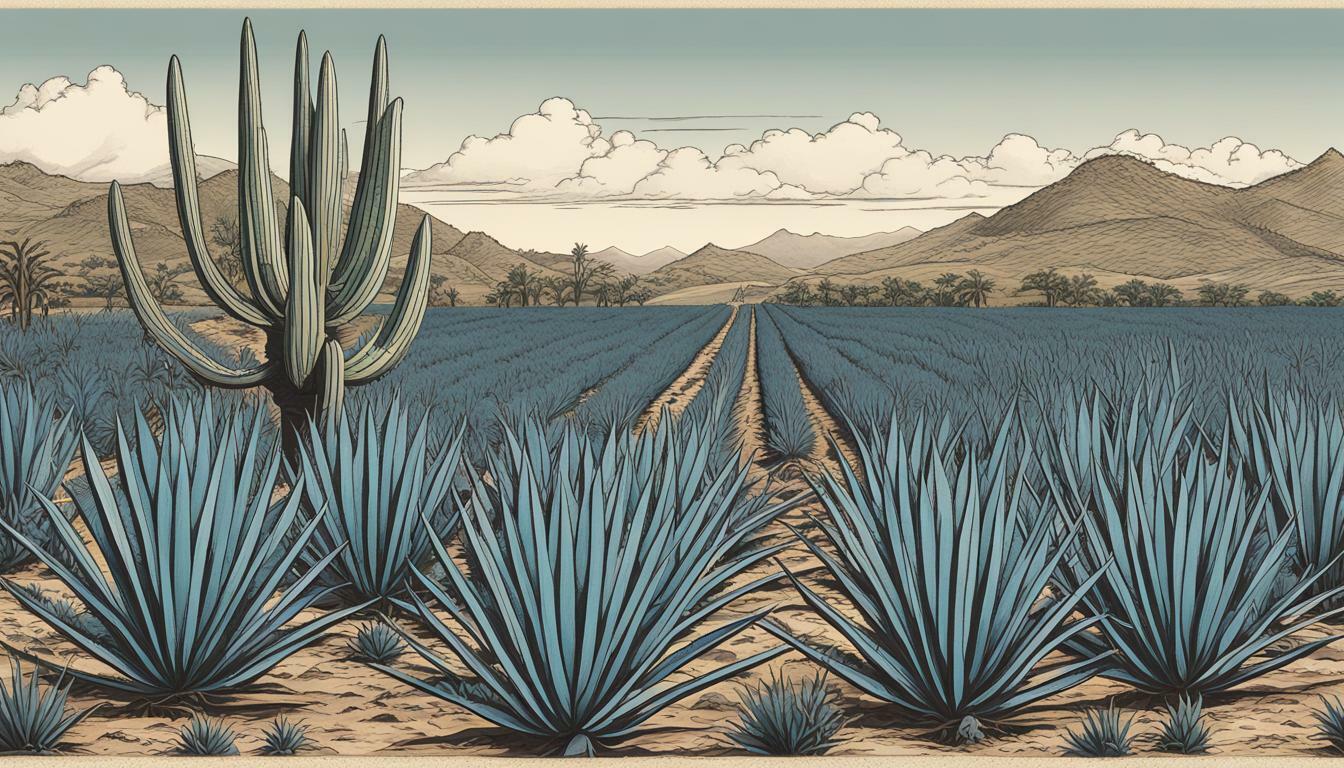Wine is a popular choice for many occasions, whether it’s a romantic dinner, a festive celebration, or a casual gathering with friends. But with so many wine options available, it can be challenging to know where to start. One of the primary distinctions among wines is the difference between dry and sweet wine.
Dry wine and sweet wine differ in their taste, composition, and overall characteristics. Understanding the differences between the two types of wine can help you choose the best wine for your preferences and pairings.
Key Takeaways:
- Dry wine and sweet wine are two primary categories of wine.
- Dry wine typically has a lower residual sugar content and higher acidity, creating a crisp, clean taste.
- Sweet wine has a higher residual sugar content and lower acidity, resulting in a rich, sweet flavor.
- Dry wine is typically paired with savory dishes, while sweet wine pairs well with dessert or spicy foods.
- Understanding the optimal serving temperature can enhance the overall wine experience.
Characteristics of Dry Wine
Dry wine is generally known for its low residual sugar content and high levels of acidity and tannins. The lack of sweetness in dry wine allows its natural flavors and aromas to shine through, making it a popular choice for those who prefer a less sweet taste.
There are several types of dry wine available, including Chardonnay, Sauvignon Blanc, and Cabernet Sauvignon. Chardonnay is a popular white wine that is often described as having a buttery or oaky flavor. Sauvignon Blanc, on the other hand, is known for its bright and zesty acidity, with notes of citrus and green apple. Cabernet Sauvignon is a popular red wine that typically has bold tannins and flavors of blackcurrant and dark chocolate.
Other types of dry wine include Pinot Grigio, Pinot Noir, and Merlot, each with their unique characteristics and flavor profiles.
Characteristics of Sweet Wine
Sweet wine is defined by its higher residual sugar content and lower acidity compared to dry wine. The sweetness in wine typically comes from grape ripeness, which leads to a higher sugar content in the grapes. This sugar is not fully fermented, resulting in a residual sweet taste in the wine.
There are many different types of sweet wine to choose from. Riesling, for example, is known for its floral aromas and fruity flavors. It can range from off-dry to very sweet. Moscato is another popular sweet wine, known for its light, refreshing taste and low alcohol content. Port is a fortified sweet wine from Portugal, typically enjoyed as a dessert wine due to its rich, complex flavors.
In addition to their sweet flavors, sweet wines also tend to have a lower alcohol content than dry wines. This makes them a great option for those who prefer a lighter, less potent wine experience.
Differences in Flavor Profiles
Perhaps the most apparent difference between dry and sweet wine is their flavor profile. Dry wine is typically lighter, crisp, and tart, with a less fruity taste due to its low residual sugar content. In contrast, sweet wine boasts a rich, full flavor, with a higher residual sugar content providing a sweeter taste.
Another difference in flavor between dry and sweet wine is their aroma. Dry wine tends to have a more subtle smell, with hints of citrus, herbs, and other earthy notes. Sweet wine, on the other hand, is known for its fruity aroma, ranging from tropical fruits like pineapple and mango to sweet berries like raspberry and blackberry.
The overall experience of consuming dry and sweet wine also varies. Dry wine is typically more refreshing, making it a great choice for hot weather or as an aperitif. Sweet wine is often served as a dessert wine or paired with bold, flavorful dishes to complement its rich taste.
What Experts Say
According to wine experts, dry wine is often described as having a “clean” taste, while sweet wine is referred to as “round” or “full-bodied.” The two types of wine differ in terms of the level of acidity and tannins, which contribute to their taste and texture.
How to Choose the Right Wine for You
When choosing between dry and sweet wine, it all comes down to personal preference. Consider the occasion, the food you’ll be pairing it with, and your individual taste. If you prefer a lighter and crisper taste, dry wine might be the perfect fit. If you have a sweet tooth and enjoy a more robust flavor, sweet wine might be the way to go.
It’s also essential to consider the type of wine you’re choosing, as different varieties can vary in taste and flavors. For example, a dry Chardonnay will have a different taste profile than a dry Cabernet Sauvignon. Similarly, a sweet Moscato will have a different taste than a sweet Port.
By understanding the differences in flavor between dry and sweet wine, you can better select the wine that suits your preferences and enhances your dining experience. Salud!
Food Pairing Suggestions
Pairing wine with food can enhance the overall dining experience, and it’s essential to choose the right wine to complement the flavors of your dish. Here are some food pairing suggestions for both dry and sweet wine:
Pairing Dry Wine
If you prefer dry wine, pair it with light dishes that won’t overpower its delicate taste. For white dry wines like Chardonnay and Sauvignon Blanc, try pairing them with seafood dishes such as grilled shrimp, scallops, or oysters. For red dry wines such as Cabernet Sauvignon or Pinot Noir, pair with red meat dishes like grilled steak, lamb chops, or beef stew.
- Grilled shrimp with Chardonnay or Sauvignon Blanc
- Beef stew with Cabernet Sauvignon or Pinot Noir
- Scallops with Chardonnay
- Lamb chops with Cabernet Sauvignon or Pinot Noir
Pairing Sweet Wine
If you prefer sweet wine, it pairs well with strong and spicy flavors. For white sweet wines like Riesling or Moscato, pair with spicy dishes like curry or jerk chicken. For red sweet wine like Port, pair with blue cheese or dark chocolate desserts.
- Curry or jerk chicken with Riesling or Moscato
- Blue cheese with Port
- Dark chocolate desserts with Port
Remember, wine pairing is subjective, and you should ultimately choose the wine you enjoy the most. Experiment with different dishes and wines to find your perfect pairing and enjoy the flavors to the fullest.
Ideal Serving Temperatures
It’s important to serve wine at the optimal temperature to fully appreciate its flavors, and the serving temperature can vary between dry and sweet wines.
Dry Wine
Dry wine should be served slightly chilled, between 55°F and 60°F (12°C and 15.5°C) to help bring out its acidity and tannins. This temperature range is suitable for most types of dry wine, including Chardonnay, Sauvignon Blanc, and Cabernet Sauvignon.
Sweet Wine
Sweet wine should be served at a cooler temperature, between 45°F and 50°F (7°C and 10°C), to balance the sweetness and acidity. This temperature range is ideal for sweet wines such as Riesling, Moscato, and Port.
By serving your wine at the appropriate temperature, you can fully enjoy its unique flavor profile and enhance your overall wine experience. Remember, the serving temperature can make all the difference!
Conclusion
In conclusion, understanding the difference between dry and sweet wine is essential for any budding wine enthusiast. Whether you prefer the crisp acidity and subtle tannins of dry wine or the smooth sweetness of a sweet wine, knowing the unique qualities of each will help you make informed choices when selecting your next bottle.
By exploring the characteristics of dry and sweet wine, we have gained insight into their distinct flavor profiles and ideal food pairings. Whether it’s a crisp Chardonnay with fish or a bold Port with cheese, understanding how to pair wine with food will elevate your dining experience.
Finally, we have learned how serving temperature can also affect the taste and aroma of wine. By serving your wine at the optimal temperature, you can fully appreciate its complex flavors and aromas.
Choose Your Wine Wisely
So, when deciding between dry and sweet wine, consider the occasion, the food pairing, and your personal taste preferences. With our guide, you now have the knowledge to make an informed decision and choose the wine that is perfect for you.
Cheers to your newfound understanding of the difference between dry and sweet wine. Here’s to many delightful wine experiences in your future!
FAQ
Q: What is the difference between dry and sweet wine?
A: Dry wine has little to no residual sugar, while sweet wine has a higher sugar content.
Q: What are the characteristics of dry wine?
A: Dry wine is known for its low residual sugar, high acidity, and often more tannins. Varieties include Chardonnay, Sauvignon Blanc, and Cabernet Sauvignon.
Q: What are the characteristics of sweet wine?
A: Sweet wine has a higher residual sugar content, lower acidity, and rich flavors. Examples include Riesling, Moscato, and Port.
Q: How do the flavor profiles differ between dry and sweet wine?
A: Dry wine typically has a crisper, more acidic taste, while sweet wine is known for its rich, fruity flavors.
Q: What foods pair well with dry wine?
A: Dry wine pairs well with dishes such as grilled seafood, chicken, and salads.
Q: What foods pair well with sweet wine?
A: Sweet wine is often enjoyed with desserts such as fruit tarts, chocolate, and creamy cheeses.
Q: What are the ideal serving temperatures for dry and sweet wine?
A: Dry wine is best served chilled, around 45-55°F (7-13°C), while sweet wine is often served slightly cooler, around 40-50°F (4-10°C).
 Skip to main content
Skip to main content


